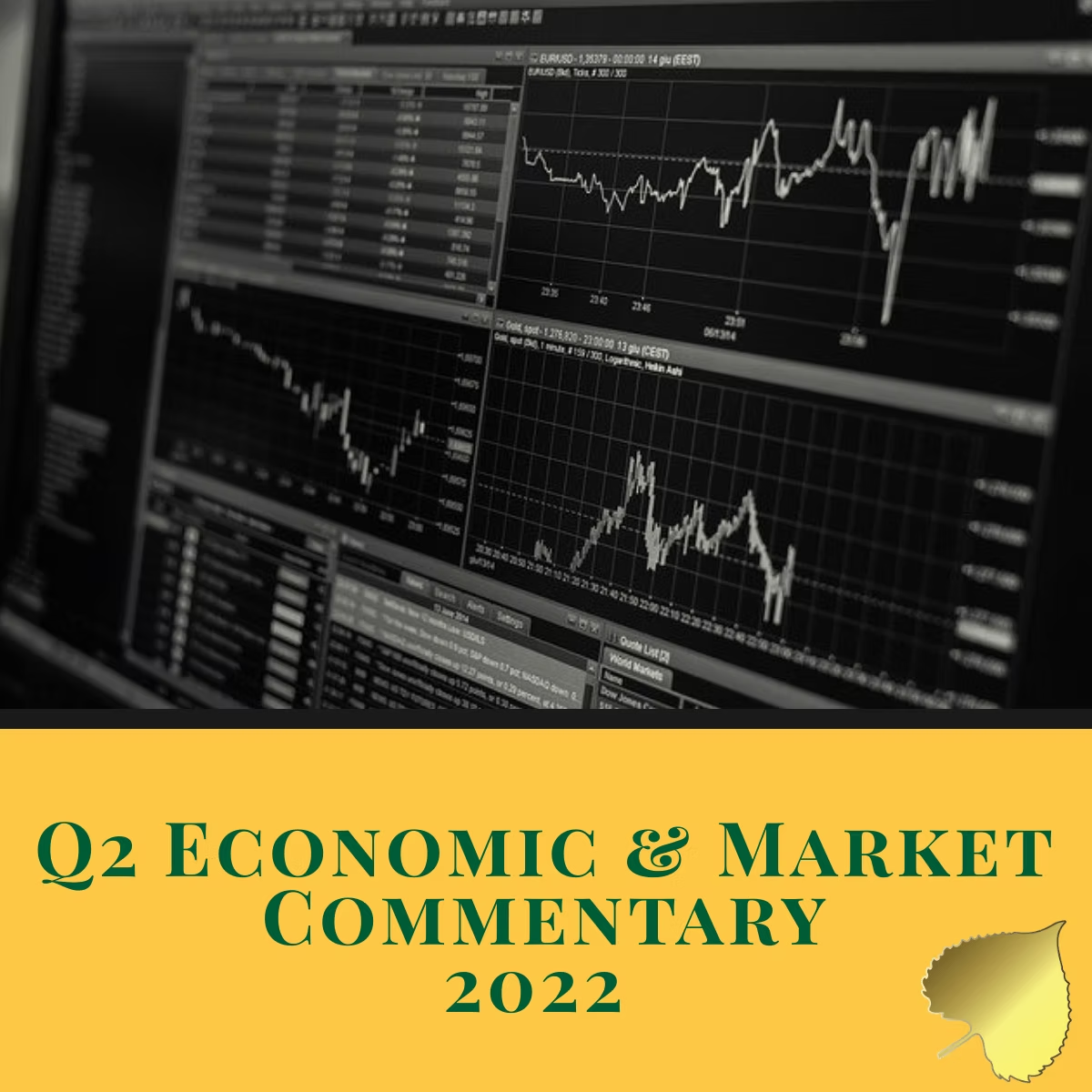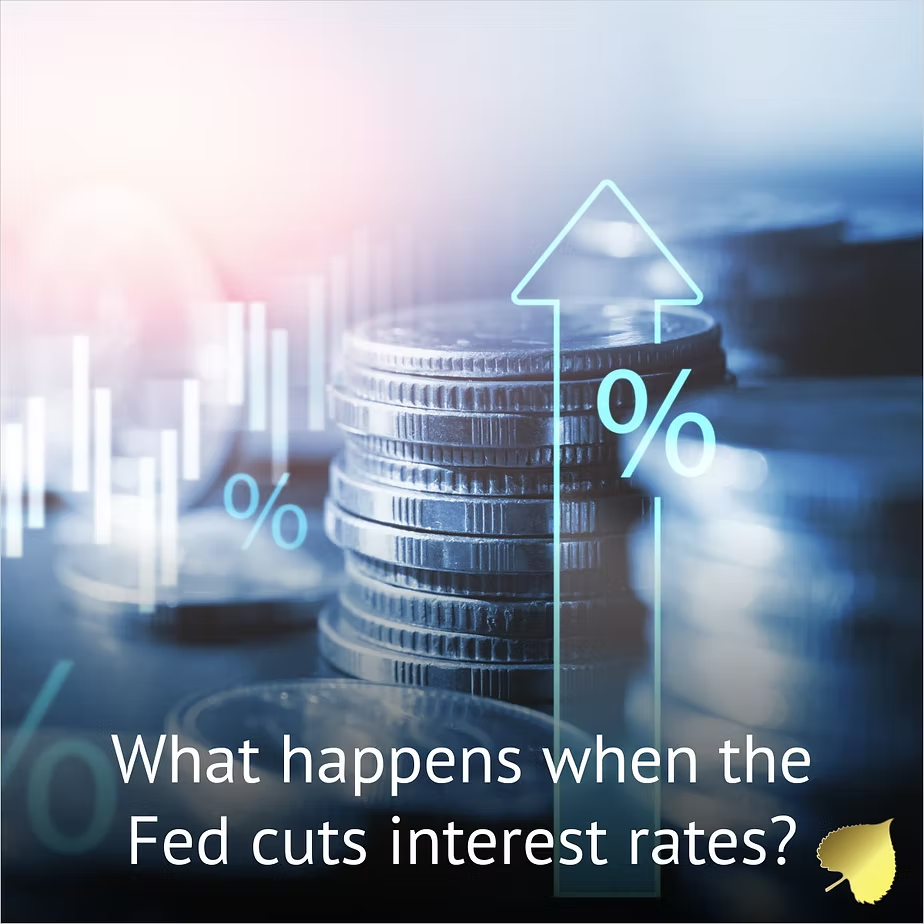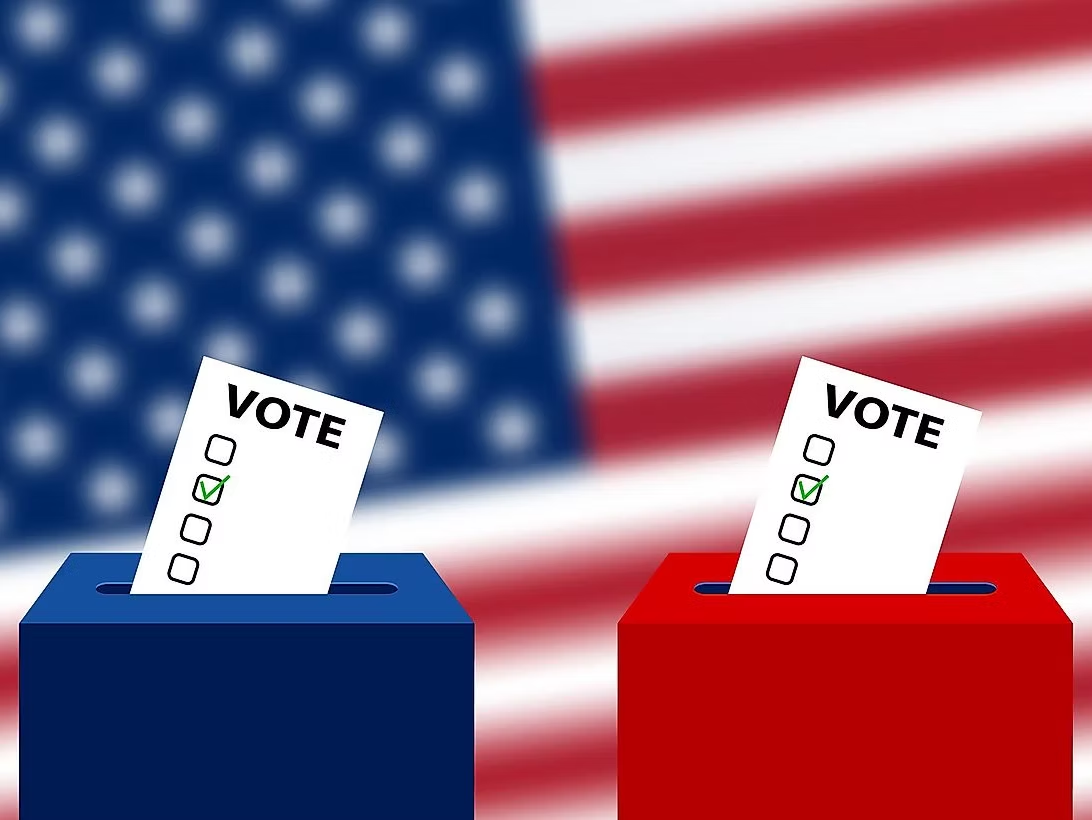ECONOMY
Recession fears and interest rates hikes by the Federal Reserve weighed on the markets in Q2, resulting in the weakest first half performance since 1970. After a volatile Q1 2022, the S&P 500 maintained a downward trend for the majority of Q2, ending the quarter in bear market territory (-20% YTD).
The weakness in the markets this year is largely a result of one thing: inflation. The Bureau of Labor Statistics released its May report on inflation, which increased to 8.6% on an annual basis. This is the highest reading since December 1981. As a result of rising inflation, the Federal Reserve has been forced to not only raise rates but raise them at an accelerated pace. With inflation running hot, the Fed was forced to pivot from their anticipated 50 bps rate hike in June, and instead raised rates by 75 bps, which brought the Fed Funds Rate up to 1.50-1.75% after multiple rate hikes this year.
This accelerated monetary tightening has led many market participants to believe there is an increased likelihood the Fed could be pushing us towards a recession. While this is a possibility, the economic data is still mixed. Most notably, corporate revenues are still strong, and the unemployment rate remains much lower than that of a typical recession.
We expect to see more market turbulence, as we see the Fed continuing to raise interest rates through at least September of this year.
A technical recession now seems more likely than not (a technical recession is two consecutive quarters of declining GDP growth), however, this recession may be different than those of the past due to stronger than usual economic data. Historically, the market tends to bottom before the economy. With that in mind, expect turbulence to remain in the markets until the Fed’s rate hikes end and the market gains more clarity on the future.
DOMESTIC EQUITY
The unwinding of easy liquidity, along with recession fears, took the air out of the equity market in Q2. The S&P 500 fell -16.4% for the quarter, which pushed the index into bear market territory as indicated by a -20% decline YTD. Small caps, as represented by the Russell 2000, fared worse than their large cap counterparts, dropping -18.2% in Q2.
INTERNATIONAL EQUITY
The international market held up better than the US market during Q2, but still suffered substantial losses as most countries face the same inflation problem that the US is faced with. The developed market index fell -14.3% during Q2, while the emerging market index outperformed, falling -10.8%.
FIXED INCOME
The fixed income market, which is usually seen as a safe haven for assets when there is turbulence in equities, has suffered one of its worst years from a return standpoint in the history of financial markets. This is largely due to the inverse relationship between interest rates and bond prices. When interest rates go up, bond prices go down. Thus, the Fed’s rapid interest rate hikes has put pressure on bond prices. The Bloomberg U.S. Aggregate Bond Index— which is an index used to track the performance of US bonds—was down -4.7% during Q2 and has pulled back -10.4% YTD.





